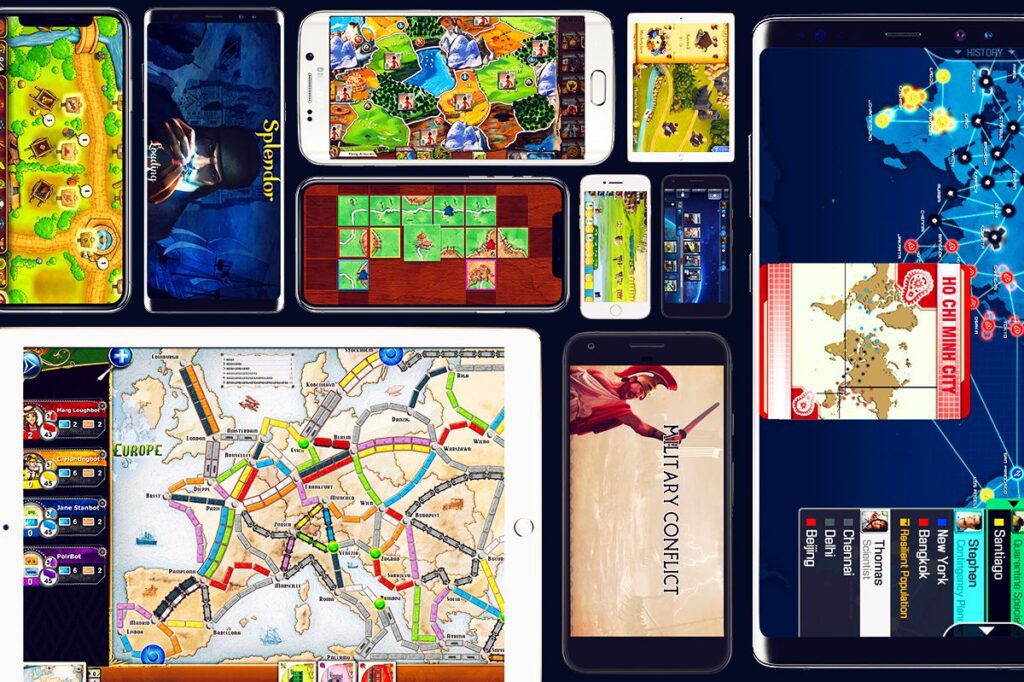Puzzle games have evolved from traditional board games to digital apps, revolutionizing the way we interact with puzzles. Chess, Sudoku, crossword puzzles, and jigsaw puzzles are examples of popular board games that promote intellectual development and family bonding. With the advent of computers and digital technology, puzzle games migrated to digital platforms, offering convenience and accessibility. The rise of smartphones and mobile applications further transformed puzzle games into bite-sized challenges that fit into busy lifestyles. The transition to digital formats enhanced graphics, animations, and sound effects, creating immersive experiences. The future of puzzle games holds possibilities for virtual reality, augmented reality, and intelligent opponents through advancements in technology.
The Evolution of Puzzle Games: From Board Games to Digital Apps
Introduction
Puzzle games have been around for centuries, entertaining and challenging individuals of all ages. Over time, these games have evolved from traditional board games to exciting digital apps, revolutionizing the way we interact with puzzles and providing endless entertainment possibilities. This article explores the fascinating journey of puzzle games and how they have adapted to changing times.
Board Games: The Origins
Board games serve as the starting point for puzzle games. Chess, for instance, is one of the oldest and most iconic puzzle games. The objective is to outthink and strategize the opponent, moving chess pieces carefully across the board to checkmate the opponent’s king.
Other board games like Sudoku, crossword puzzles, and jigsaw puzzles date back centuries and are still popular today. These puzzles require logical thinking, creativity, and patience to arrive at a solution. They became a staple in many households, promoting family bonding and intellectual development.
Enter the Digital Era
The rise of computers and digital technology during the late 20th century opened up a new world of possibilities for puzzle games. Developers saw an opportunity to bring puzzle-solving experiences to a wider audience through digital platforms.
With the advent of personal computers, compact discs (CDs), and then the internet, puzzle games quickly migrated from physical formats to digital ones. Games like Minesweeper, Tetris, and Solitaire became instant sensations, providing hours of entertainment on early desktop computers. They offered convenience, accessibility, and varied difficulty levels, catering to both casual players and puzzle enthusiasts.
The Mobile Revolution
In recent years, the puzzle game industry witnessed a seismic shift brought about by the rise of smartphones and mobile applications. Mobile gaming introduced a new era of puzzle games, transforming them into bite-sized, on-the-go challenges that fit perfectly into our busy lifestyles.
Mobile app stores, such as Apple’s App Store and Google Play, revolutionized the distribution of games. Puzzle games like Candy Crush Saga, Angry Birds, and Words with Friends gained immense popularity, capturing the attention of millions worldwide. These games offered engaging visuals, intuitive controls, social interactions, and addictive gameplay.
The Advantages of Digital Puzzle Games
The transition from board games to digital apps brought several advantages to puzzle games. Firstly, the digital format allows for enhanced graphics and animations, creating visually stunning environments that immerse players in the game world. Sound effects and music further enhance the immersive experience, making puzzle solving even more enjoyable.
Another advantage lies in the flexibility of digital games to adapt and evolve. Developers can constantly update their games with new puzzles, challenges, and features through online updates. This level of interactivity and continuous improvement keeps the players engaged and eager to come back for more.
The Future of Puzzle Games
As technology continues to advance, the future of puzzle games appears boundless. Virtual reality (VR) and augmented reality (AR) are poised to revolutionize puzzle gaming once again, adding an extra layer of immersion and interactivity. Players might find themselves physically solving puzzles in a virtual world using gestures or exploring their own surroundings to uncover hidden clues.
Additionally, advancements in artificial intelligence (AI) may revolutionize puzzle games by creating intelligent opponents, challenging players to think even more critically and strategically.
Conclusion
Puzzle games have come a long way, transforming from traditional board games to highly interactive digital experiences. Their evolution has allowed for greater accessibility, interactivity, and engagement. Whether played on a board, computer, or mobile device, puzzle games continue to captivate audiences worldwide and will undoubtedly continue to adapt, innovate, and entertain for generations to come.
